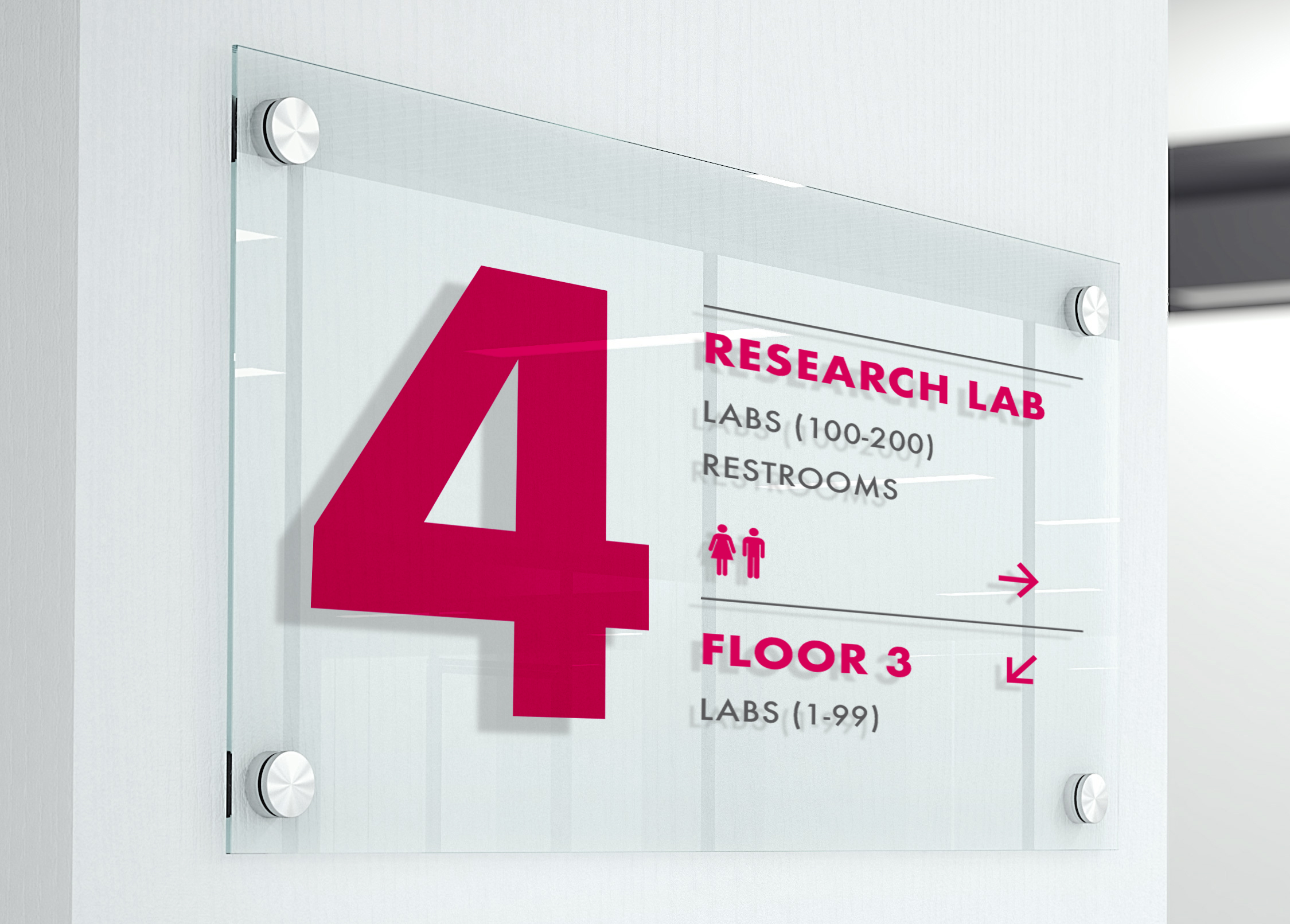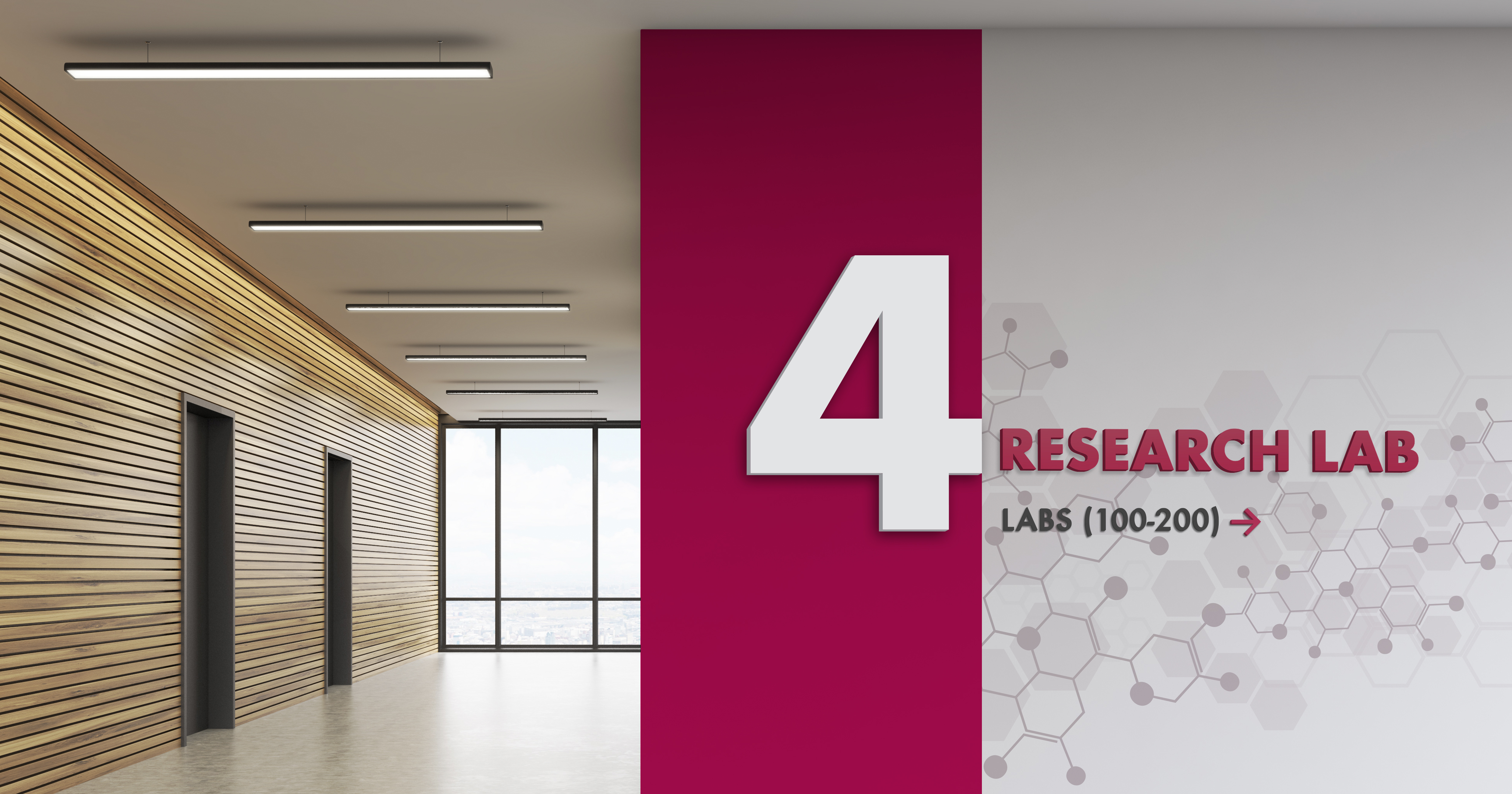The best wayfinding systems aren’t just building directories. They’re spatial problem solving.
Intuitive wayfinding is based off basic human behavior. As people, we have a need to establish markers and identify patterns to make our way in the world.
For effective wayfinding, here are a few guiding principles:
- Don’t make them think. You should create a comprehensive, clear and consistent communication system, using concise messaging. You don’t want anyone to get lost in your words, or they’ll get lost in your facility.

- Show only what is needed. You only need information relevant to the space, location, and navigation path. Anything more will lead people astray.
- Make it accessible. Everyone needs to feel welcome and safe in your building. ADA-compliant signage will help ensure that they do.
- Keep the path clear. By stripping away unnecessary information to create a clear visual environment, guests will feel comfortable making their way through your space.
- Incorporate it into the design from the beginning. When you incorporate wayfinding into the actual design of the building, amazing things can happen. When visitors are fully immersed in an experience, they won’t just find a “where” in your building, but find its “why”.
-
If you follow these guidelines, you’re right on track to building a great wayfinding experience. When you find your way, there’s no telling where you’ll go.
